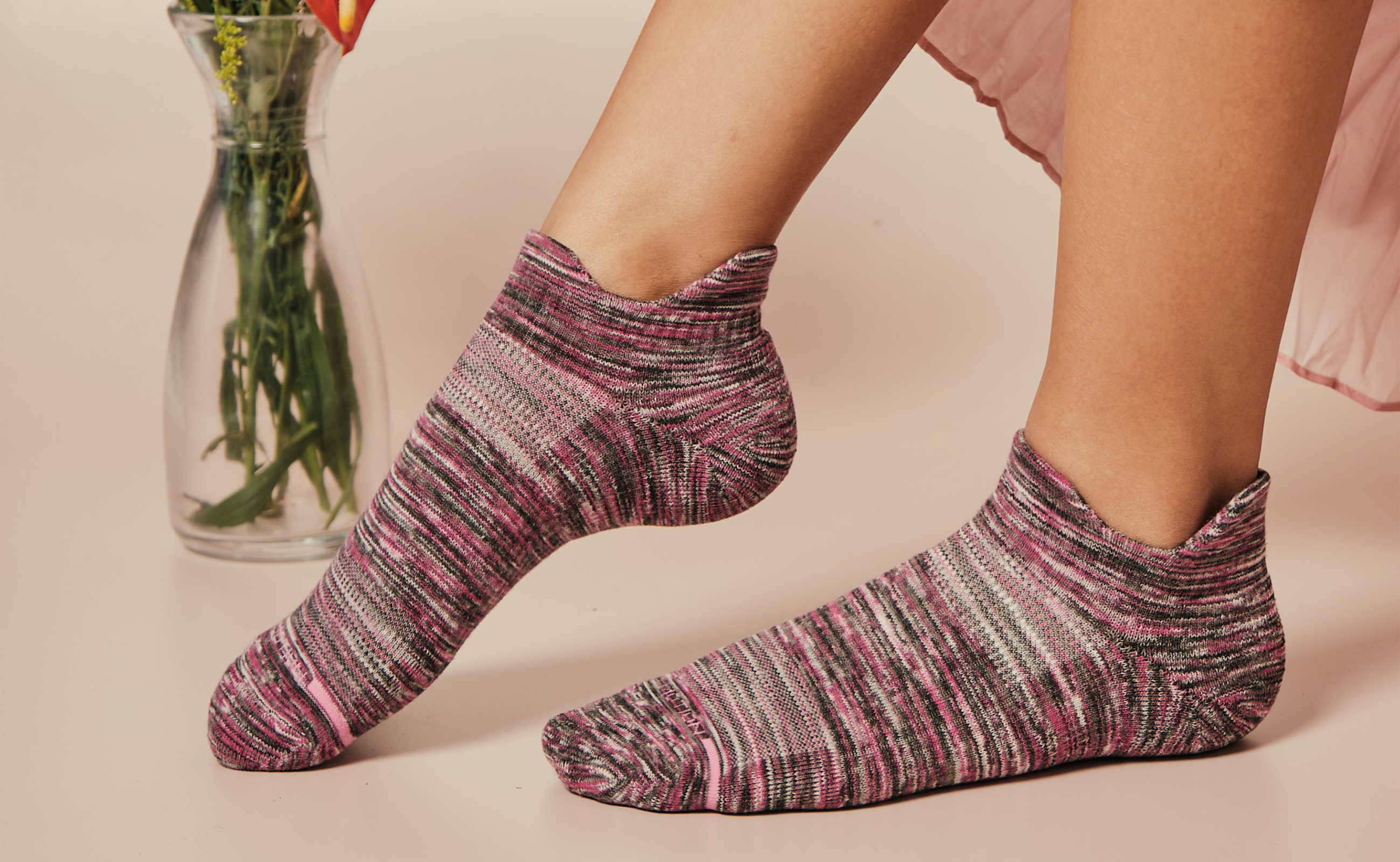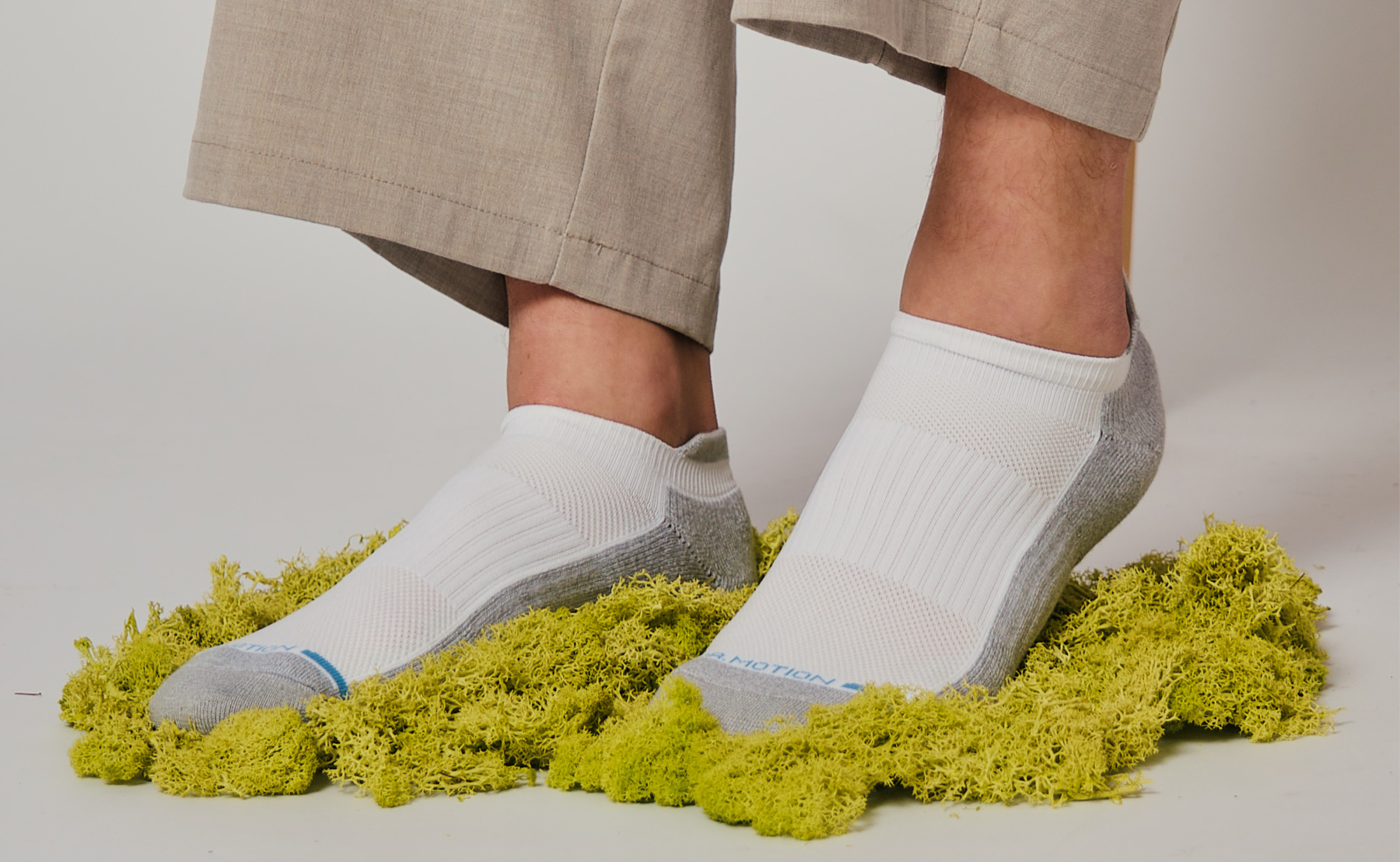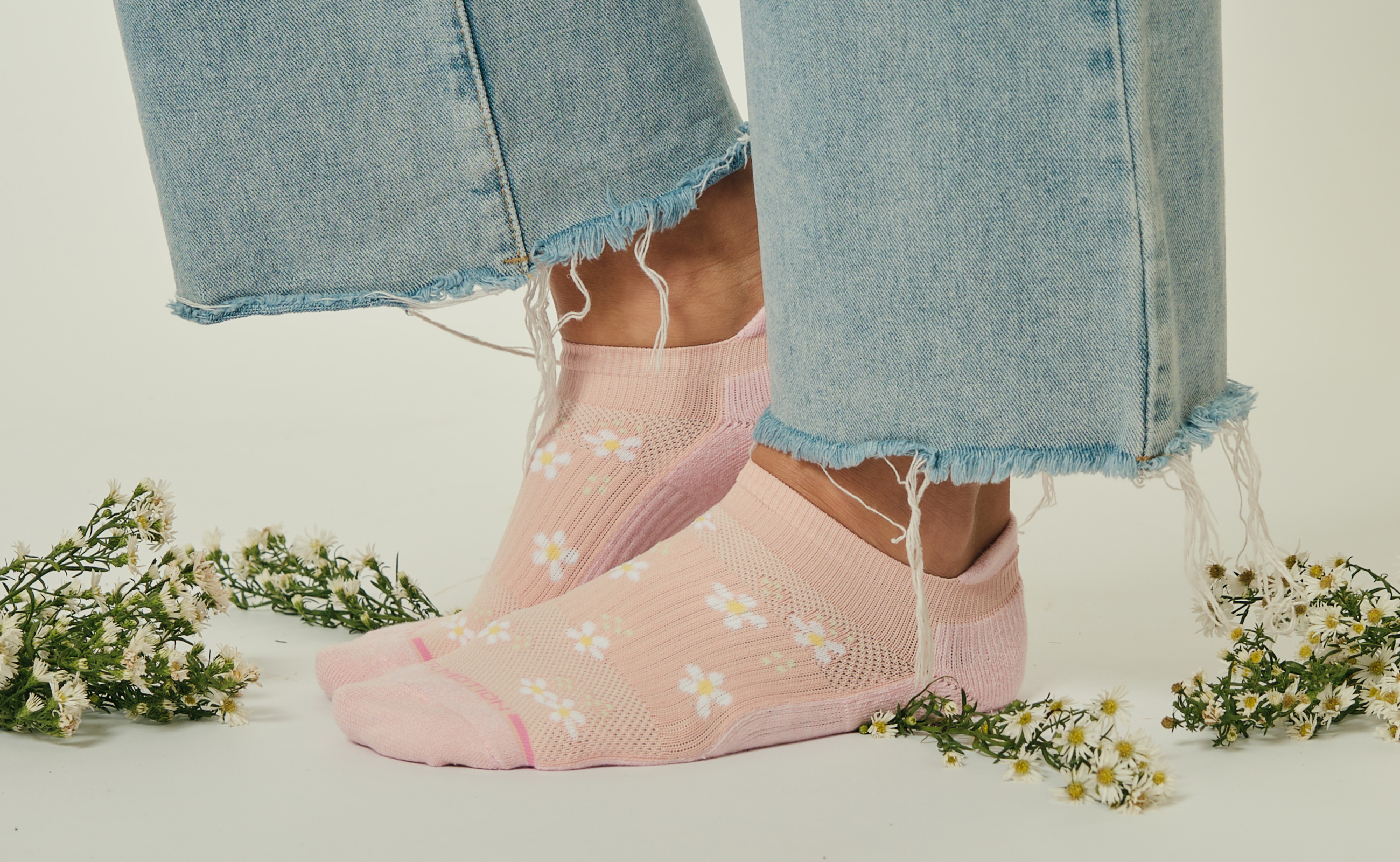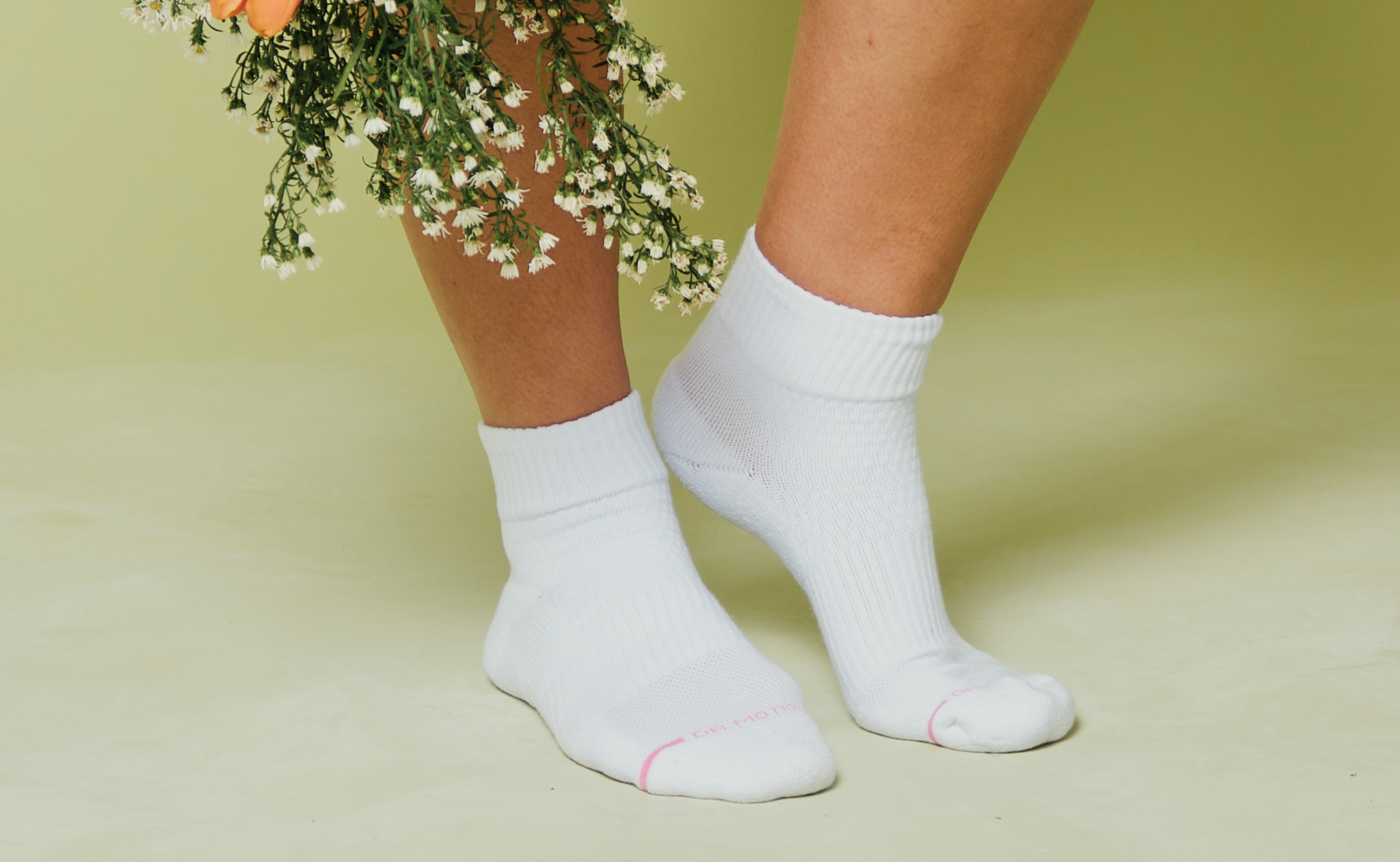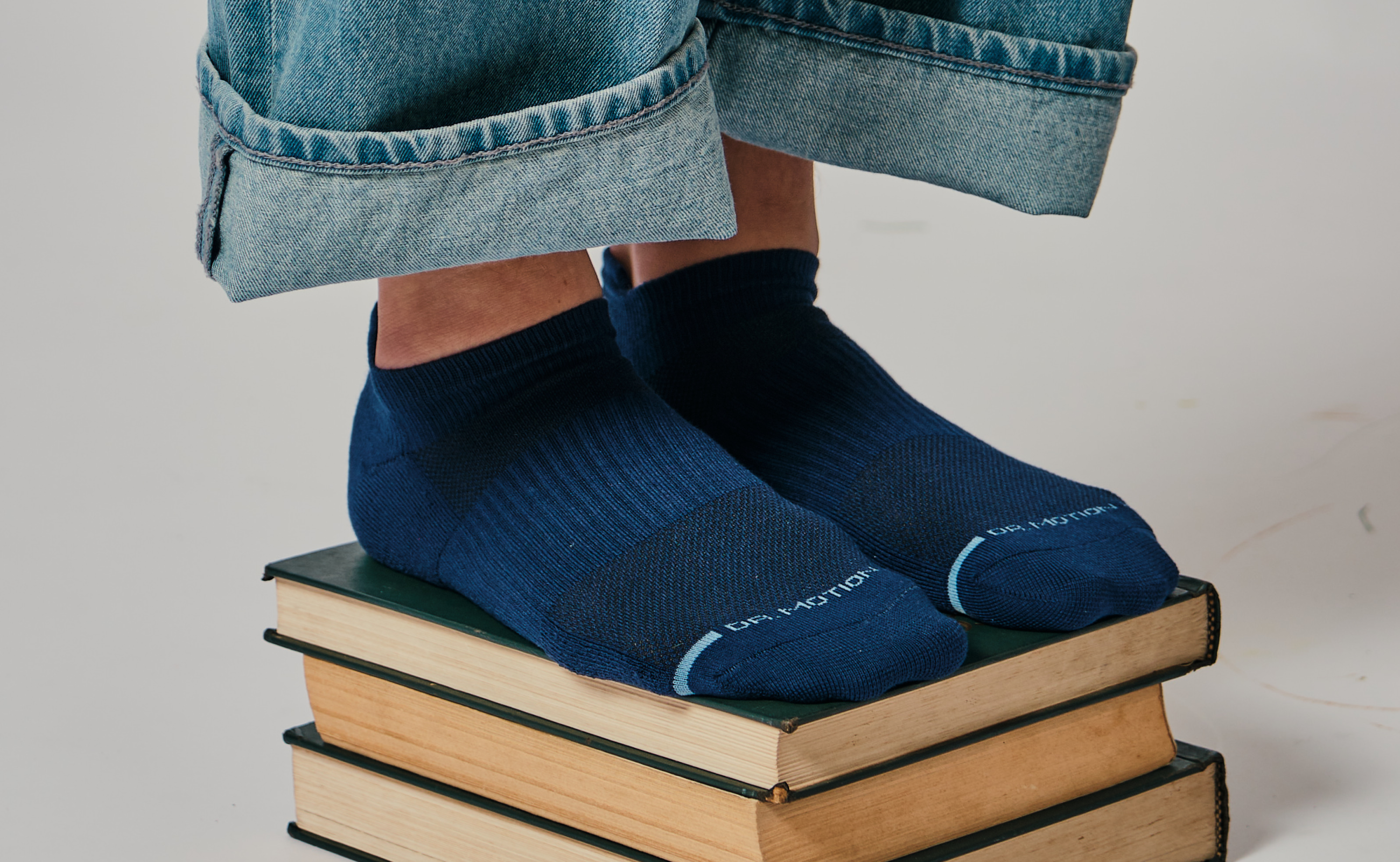How Compression Socks Can Help With Venous Stasis
What Is Venous Insufficiency?
Venous insufficiency often called chronic venous insufficiency (CVI) or venous stasis is a circulation disorder in which the leg veins can’t move blood efficiently back to the heart. Instead of flowing upward in a steady stream, blood “falls” backward and pools in the lower legs. Over time, this backward pressure stretches vein walls, triggers fluid leakage into surrounding tissues, and can lead to uncomfortable swelling, visible varicose veins, and even skin breakdown.

How Healthy Veins Work & What Goes Wrong in CVI / Venous Stasis
When your calf contracts, it squeezes the leg veins, forcing one‑way valves to pop open and push blood upward; as the muscle relaxes, the valves snap shut to block backflow. This quick “calf‑pump” cycle keeps blood moving smoothly from feet to heart.
When vein valves lose their seal and walls slacken, blood slips backward and pressure spikes in the ankle‑calf veins. Fluid leaks out, causing swelling; veins distend into varicosities; and prolonged pooling inflames the skin, sometimes leading to stubborn leg ulcers.
Typical signs & symptoms.
-
Persistent ankle or calf swelling worse after standing, better after elevating legs
-
A feeling of heaviness, throbbing, or aching in the lower legs
-
Visible varicose veins or a network of spider‑like veins
-
Skin changes: darkened or reddish‑brown patches, thickened or itchy areas
-
Night cramps or restless legs
-
In advanced cases, venous ulcers near the ankles that heal slowly
Why Compression Therapy Is the Gold Standard
Left unmanaged, CVI can limit mobility and raise the risk of serious complications such as skin breakdown and deep‑vein thrombosis. Compression socks for venous insufficiency are widely recommended as a first‑line, non‑invasive therapy because they gently squeeze the ankle and ease pressure as they move up the calf—helping veins do their job and giving your legs a much‑needed lift.
Compression therapy can significantly help to improve the symptoms and outcome of venous stasis by preventing even more serious problems like DVT or leg ulcers. By increasing circulation and decreasing inflammation, your legs and feet will be more comfortable each day. You’ll notice less soreness and fatigue, as well as preventing the progression of venous disorders. Knowing how long to wear compression socks for venous insufficiency is also crucial.
How to Choose the Right Compression Level
-
For chronic venous insufficiency (CVI), compression socks need enough graduated pressure to counteract valve failure and push pooled blood back toward the heart.
-
Most physicians recommend firm, medical‑grade compression 20–30 mmHg for mild‑to‑moderate CVI, as this level effectively reduces ankle swelling, heaviness, and early skin changes without compromising comfort for day‑long wear.
-
Extra‑firm 30–40 mmHg stockings are reserved for severe cases involving pronounced varicose veins, recurring ulcers, or post‑surgical recovery, and should always be fitted and monitored by a clinician. Lighter grades (15–20 mmHg) can offer preventive support for people with a family history of venous disease or very early symptoms, but they are generally not strong enough once true venous insufficiency is diagnosed.
-
Whatever the level, accurate morning measurements, proper donning technique, and regular follow‑ups ensure the socks deliver therapeutic pressure and help halt CVI’s progression.
Figuring Out Your Level of Compression
Best compression socks for venous insufficiency come at different levels of compression. They work by applying gentle pressure starting from the foot, going up through the ankle area, and into the leg area of the calves.
Compression strength is judged by millimeters of mercury (mmHg). The socks that are recommended for those with venous stasis are a mild to medium compression level of 15-20 mmHg. That is enough gentle pressure to prevent further vein issues by increasing circulation and blood flow, all the while preventing swelling and discomfort. Following your doctor’s advice on how long to wear compression socks for venous insufficiency ensures they are used effectively without causing discomfort or circulation issues.
The Causes of Venous Stasis
The root cause of venous stasis can vary in patients, but one of the reasons is due to an underlying condition that you already may have, like chronic venous insufficiency (CVI), or it could be due to an injury you sustained to a vein area in your leg. Either way, the veins in your legs are going to slowly get weaker as time goes by.
Your veins are a vital part of the circulatory system that carries oxygen and blood to all the important systems in your body. It goes without saying that the health of your veins is paramount to overall wellness.
When this blood flow isn’t optimized due to venous disorders, it can lead to problems like swelling, varicose veins, and even venous ulcers, which are particularly detrimental to your health since they can become infected. Pain and discomfort are the results of a venous stasis ulcer. Preventing this serious problem comes with the right compression therapy and compression socks for venous insufficiency from Dr. Motion’s best-selling socks.
Get the Best in Compression Socks for Venous Stasis From Dr. Motion
If you have questions about what the best compression socks for venous insufficiency can do for you, send us a message today. Our talented staff is pleased to answer any additional concerns you may have. At Dr. Motion, we’re proud to offer compression socks for daily wear that will make you love how you feel at the end of each day.
Disclaimer: This article provides information solely for educational purposes, including but not limited to text, graphics, images, and other materials contained herein. This article is not intended to substitute for professional medical advice, diagnosis, or treatment. Always seek the advice of your physician or another qualified healthcare provider with any questions you may have regarding a medical condition.


